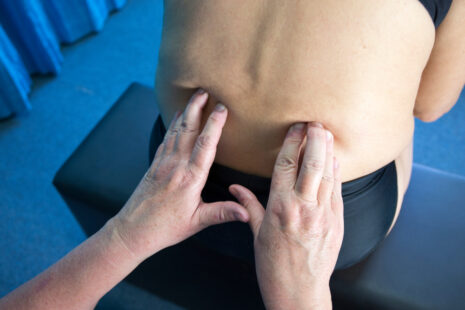ATP in a physiological and sports context stands for Adenosine Triphosphate, which is the primary energy carrier in all living organisms, including humans. It plays a crucial role in gymnastics, as in any other sport, because it provides the energy necessary for muscle contractions, movements, and various bodily functions that are integral to performing gymnastic routines.
How ATP Works in Gymnastics
- Energy for Short Bursts of Activity – Gymnastics involves a lot of explosive movements such as jumps, flips, and sprints. ATP is the immediate source of energy for these short-duration, high-intensity activities. The body uses stored ATP for the first few seconds of any activity.
- ATP-PCr System for Quick Energy – After the initial stores of ATP are used, the body replenishes ATP through the ATP-PCr (phosphocreatine) system, which works without oxygen (anaerobically) and is ideal for short, intense activities typical of gymnastics. This system can provide energy for activities lasting about 10 seconds, perfect for many gymnastic elements.
- Anaerobic Glycolysis – For efforts lasting up to about 2 minutes, the body relies more on anaerobic glycolysis, which breaks down glucose for energy without using oxygen. This process is less efficient and produces lactic acid, which can lead to muscle fatigue—a factor gymnasts must manage through conditioning and training.
- Aerobic Metabolism for Recovery – During longer training sessions or between routines, the body shifts to aerobic metabolism, using oxygen to produce ATP more efficiently but at a slower rate. This helps in recovery and preparation for the next burst of activity.
Training Implications
- Energy System Conditioning – Gymnasts train to improve the efficiency of all these energy systems. This involves a combination of strength, power, and endurance training to enhance the body’s ability to produce and replenish ATP.
- Nutrition – Proper nutrition supports the ATP production process. Diets rich in carbohydrates fuel anaerobic and aerobic energy systems, while phosphocreatine levels can be supported with creatine supplementation, potentially benefiting short, explosive movements in gymnastics.
- Recovery – Strategies for replenishing ATP and managing lactic acid buildup are vital. This includes cooldown activities, proper hydration, and nutrition focusing on recovery.
In summary, ATP is fundamental to gymnastics, as it fuels the powerful and precise movements gymnasts perform. Understanding the role of ATP and the body’s energy systems helps in designing effective training and recovery programs for gymnasts, enabling them to perform at their best while minimizing the risk of fatigue and injury.




